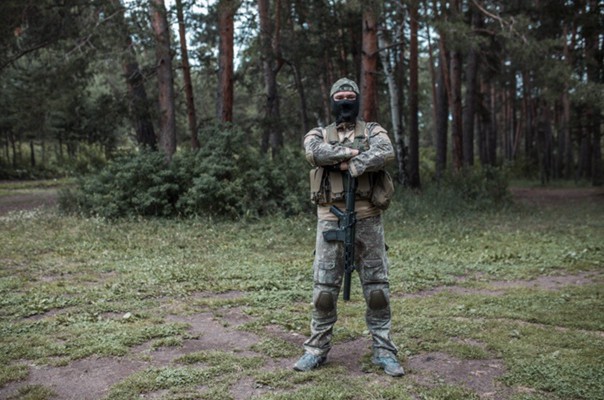The reorganization of the Russian armies

In the midst of the Ukrainian conflict, the Russian Federation has decided to complete the reorganization of its armies. It’s a mammoth task that has been accomplished since the dissolution of the Soviet Union and the complete anarchy that followed. However, despite the very serious problems that arose last year, first with the dispatch to the front of young men with no military training, then with delays in the supply of certain units, a professionalization of the system is already clearly visible. The announced reform aims not only to homogenize the Armed Forces upwards, but also to radically transform command methods.
President Vladimir Putin has personally overseen the transformation of Russia’s armies since coming to power. These were in a deplorable state. The majority of the staff were alcoholics forcing young recruits into filthy hazing.
As a first step, he dismissed 150,000 non-commissioned officers and officers, triggering a profound management crisis. He then created the first space army, some twenty years before the United States, in order to test new forms of command as much as to enter a new theater of operations. Above all, he entrusted Anatoly Serdyukov with the fight against corruption, which he did with an iron fist, but to the detriment of the armies.
Then, for a decade, Vladimir Putin sent his soldiers to Syria for six months of combat training. Finally, he experimentally created a private army, the Wagner Group, where he could test various forms of organization.
For the past two years, Wagner has been commanded from the shadows by Colonel Dmitri Outkin, while the company’s co-founder, communicator Yevgeny Prigozhin, has been the focus of attention and criticism.
Armies are huge structures whose organization must be constantly rethought.
By way of comparison, in the 1990s, the United States realized that increasing military spending was no longer improving its results. So they appointed Donald Rumsfeld as Secretary of Defense. Rumsfeld had exceptional business management skills. In 2001, he encouraged the creation of private military companies (including the famous Blackwater) to test new operating methods. But the experiment failed, as the groups formed were more interested in carrying out covert operations for the CIA than in meeting the Pentagon’s requirements. The United States is left with an army whose effectiveness continues to diminish, as we saw when Kabul fell in 2021.
President Vladimir Putin is today implementing a general reorganization of the armed forces, with the creation of a second regular army of five divisions and 26 brigades. This army will put into practice some of the methods tested by Wagner to achieve a high level of efficiency.
General Yevgeny Burdinsky, Deputy Chief of Staff of the Armed Forces of the Federation, will oversee the new army. He is a recognized command specialist.
This reorganization of personnel will go hand in hand with an overhaul of the geographical structure. The accession of Crimea and, in part, Novorossia to the Russian Federation has led to the creation of a naval district for the Sea of Azov. The return of the terrorist threat posed by the Ukrainian “integral nationalists”, the “Banderists”, led to the creation of special military districts to protect Moscow and Saint Petersburg.
The aim is to complete the process of transforming the armed forces, retaining only what has proved its worth. Russia already has the world’s best weapons and a remarkable strategic and tactical doctrine. Over the next few years, it intends to have the best army in the world.
President Vladimir Putin is proceeding with this transformation in the midst of a special military operation in Ukraine, with all the serious risks that implies. He seems to be betting that this conflict is coming to an end.
 TheAltWorld
TheAltWorld 
0 thoughts on “The reorganization of the Russian armies”